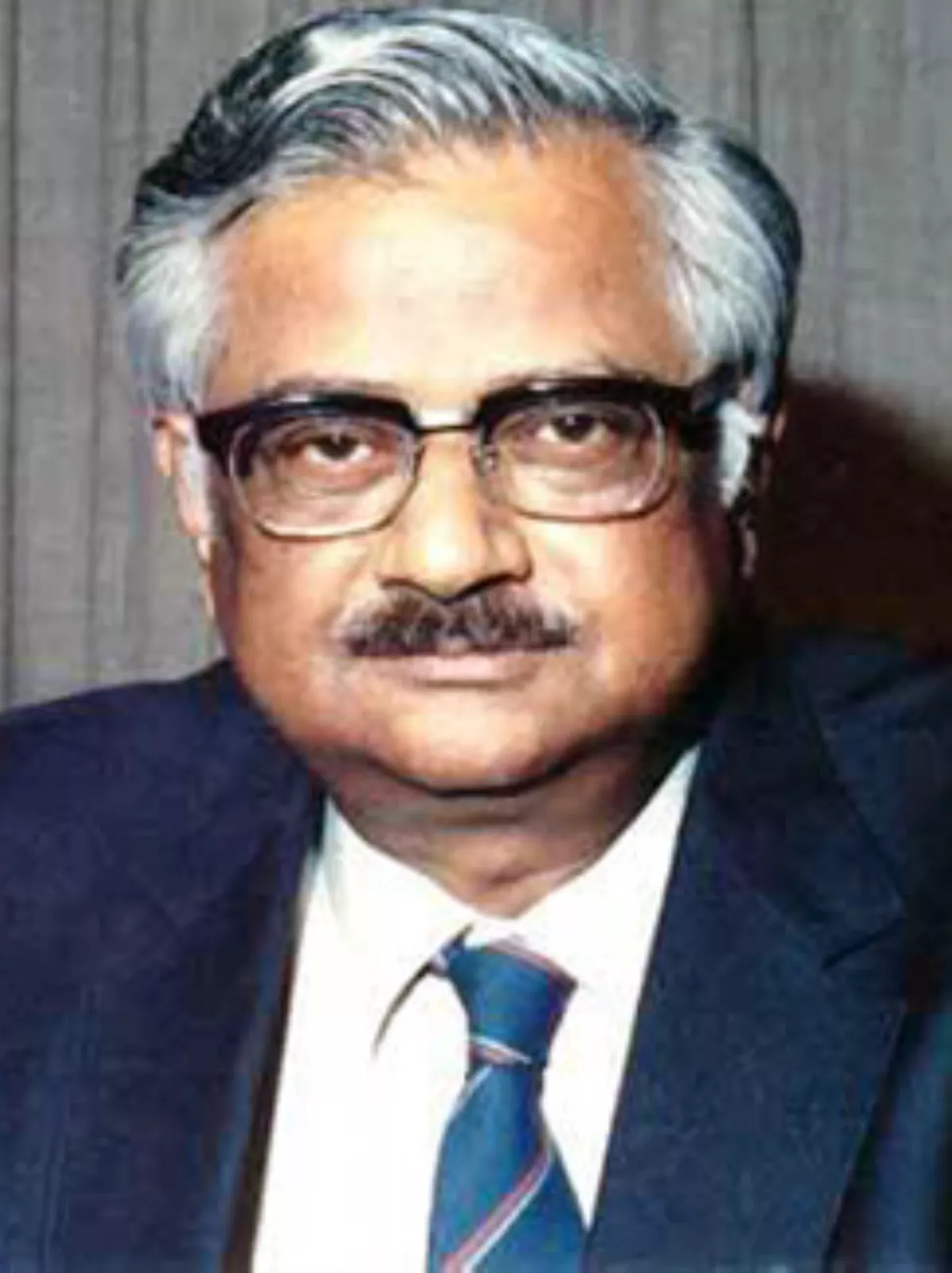 1.
1. Raja Ramanna was the director of India's nuclear program in the late 1960s and early 1970s, which culminated in Smiling Buddha, India's first successful nuclear weapon test on 18 May 1974.

 1.
1. Raja Ramanna was the director of India's nuclear program in the late 1960s and early 1970s, which culminated in Smiling Buddha, India's first successful nuclear weapon test on 18 May 1974.
Raja Ramanna joined the Tata Institute of Fundamental Research and later the Bhabha Atomic Research Centre to work on nuclear physics.
Raja Ramanna worked under Homi Jehangir Bhabha, whom he had met earlier in 1944.
Raja Ramanna joined the nuclear program in 1964, and later became the director of this program in 1967.
Raja Ramanna expanded and supervised scientific research on nuclear weapons and was in charge of the team of scientists at Bhabha Atomic Research Centre that designed and carried out the testing of the first nuclear device in 1974.
Raja Ramanna was associated with India's nuclear program for more than four decades, and facilitated research for the Indian Armed Forces.
Raja Ramanna served in various roles such as Secretary for Defence Research, Government of India, Scientific Adviser to the Minister of Defence, Director-general of Defence Research and Development Organisation, Chairman of Atomic Energy Commission and Secretary of the Department of Atomic Energy.
Raja Ramanna later became the Minister of state for defence in 1990.
Raja Ramanna served as a Member of Parliament, Rajya Sabha from 1997 to 2003.
Raja Ramanna was the founder-director of National Institute of Advanced Studies and served as the chairman of board of governors at IIT Bombay.
Raja Ramanna has been awarded multiple honorary doctorates by various universities.
Raja Ramanna was awarded the Padma Vibhushan, India's second highest civilian decoration, in 1975.
Raja Ramanna was born on 28 January 1925 to Rukmini and Ramanna in Tiptur, Princely State of Mysore, British India.
Raja Ramanna did his early schooling at Dalvoy School and Good Shepherd Convent in Mysore before moving to Bishop Cotton Boys' School in Bangalore.
Raja Ramanna was interested in music from a young age and began taking piano lessons at the age of six.
Raja Ramanna auditioned in front of the Maharaja of Mysore at the age of 12.
Raja Ramanna later attended Madras Christian College, where he graduated with a BSc in physics from the University of Madras in 1945.
In 1949, Raja Ramanna joined Tata Institute of Fundamental Research to work under Bhabha.
In 1957, the first research nuclear reactor Apsara became operational at BARC and Raja Ramanna was part of the team working on the same.
Raja Ramanna was working on neutron emission studies and research on nuclear fission.
In 1957, Raja Ramanna established a training school at BARC to facilitate training of scientists in nuclear physics.
The program employed 75 scientists with Ramanna heading the project and P K Iyengar serving as his deputy.
Nagchaudhuri and Raja Ramanna worked together to recruit the team and set up the requirements necessary for a nuclear weapon test.
In 1975, Raja Ramanna was honored with the Padma Vibhushan, India's second highest civilian award.
Raja Ramanna served as Vice President of the Indian Academy of Sciences from 1977 to 1979 and as President of Indian National Science Academy in New Delhi from 1977 to 1978.
Differences in opinion arose between Sethna and Raja Ramanna, which affected the progress of the program.
Raja Ramanna authorized Ramanna to prepare for further nuclear tests and two new shafts were constructed at the Pokhran test range in 1984.
Raja Ramanna pushed forward with a Uranium enrichment program and Dhruva, a new reactor with a capability to produce larger quantities of weapon grade material, was constructed.
In 1983, Raja Ramanna was made as the secretary of Department of Atomic Energy.
In 1990, Ramanna was made Union minister of State for defence in the V P Singh administration, but the government collapsed a short while later.
Later in his career, Raja Ramanna advocated for strict policies to prevent nuclear proliferation and argued against further nuclear testing.
Raja Ramanna held various academic positions including the chairman of board of Governors at IIT Bombay, chairman of the governing council at Indian Institute of Science and founder director of National Institute of Advanced Studies, Bangalore.
Raja Ramanna was a nominated member of the Rajya Sabha, the upper house of the Indian Parliament from 1997 to 2003.
Raja Ramanna died on 23 September 2004 at the age of 79 due to gastronomical issues.
Raja Ramanna had a keen interest in music and trained as a musician.